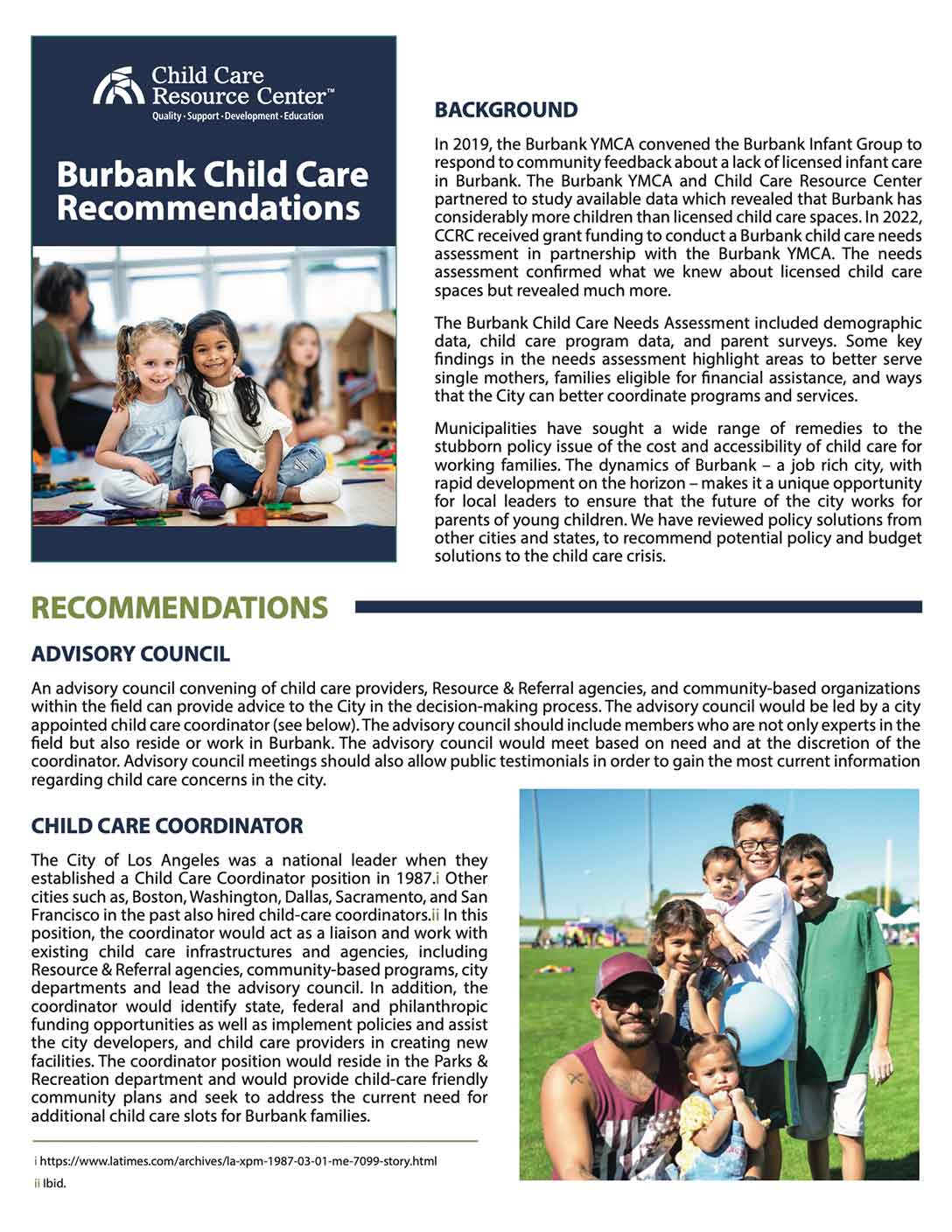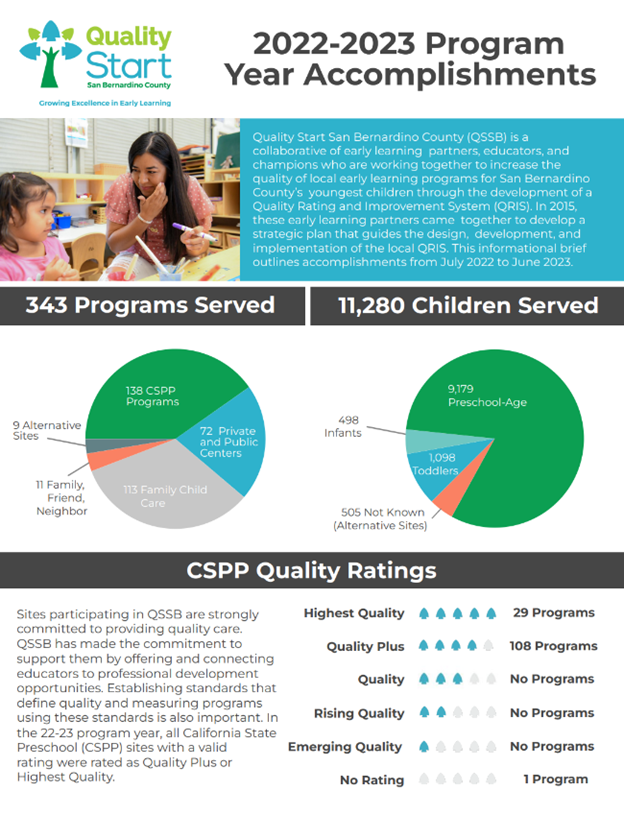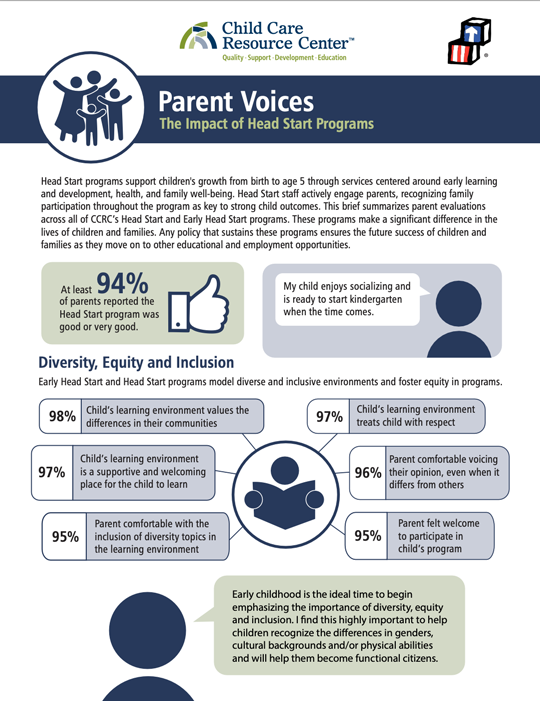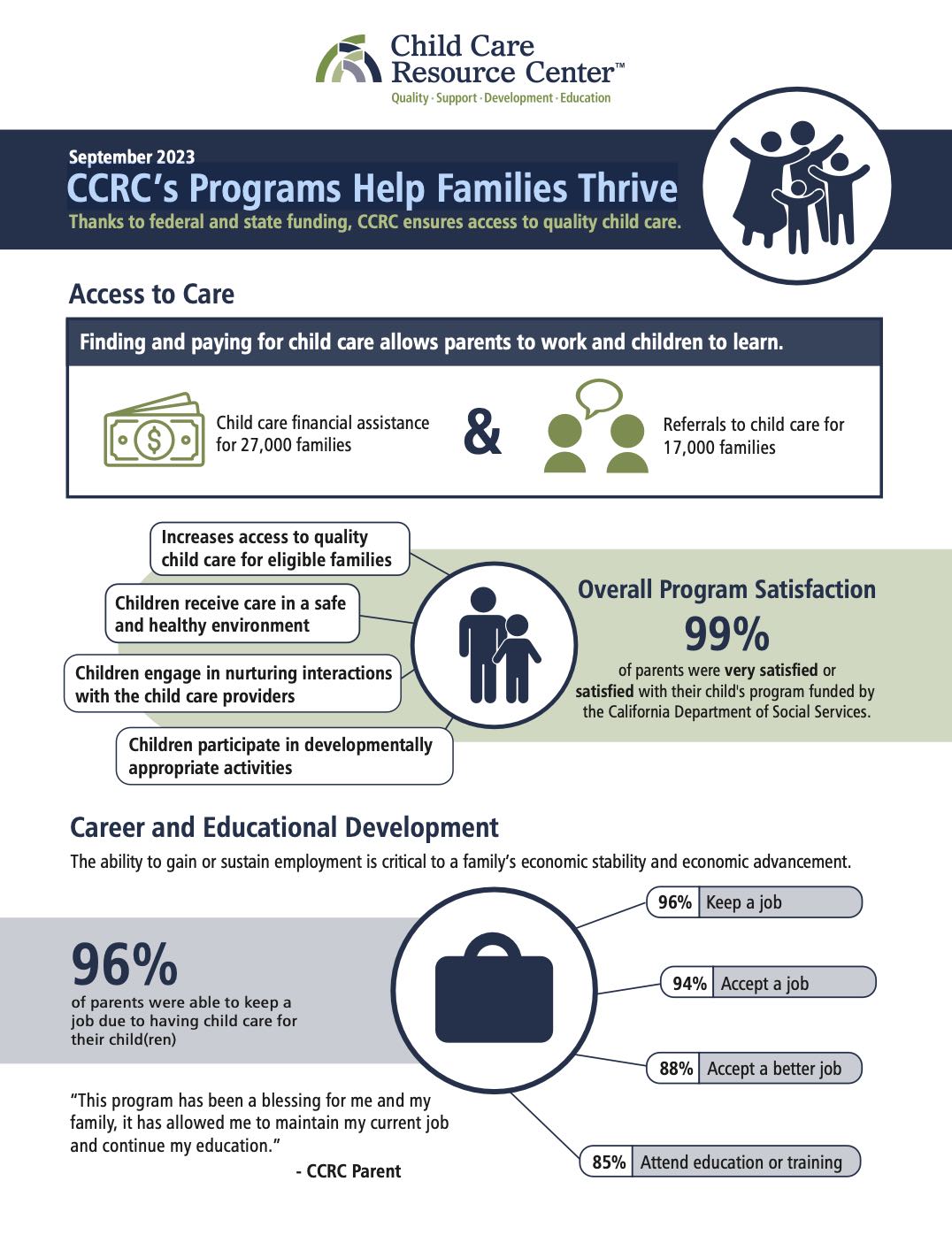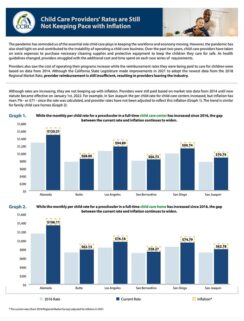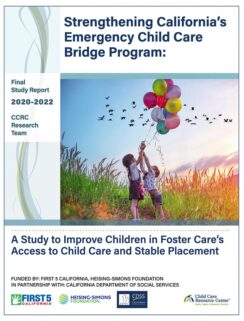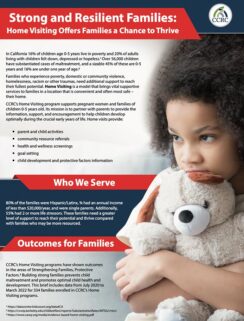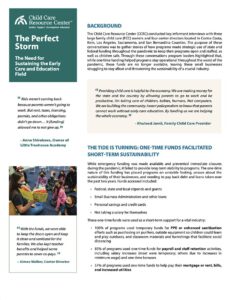In 2019, the Burbank YMCA convened the Burbank Infant Group to respond to community feedback about a lack of licensed infant care in Burbank. The Burbank YMCA and Child Care Resource Center partnered to study available data which revealed that Burbank has considerably more children than licensed child care spaces. In 2022, CCRC received grant funding to conduct a Burbank child care needs assessment in partnership with the Burbank YMCA. The needs assessment confirmed what we knew about licensed child care spaces but revealed much more.
Improving Practices, Policies, and Services for Survivors of Domestic Violence
One in three women and one in four men in California experience domestic violence. This has long-term implications for their health and well-being as well as the development of their children. CCRC led a collaborative effort to implement 36 listening sessions with a wide range of stakeholders across the state of California to illuminate critical barriers faced by survivors of domestic violence when attempting to access essential services. Recommendations for policy, program and service change are included to ensure this vulnerable population can begin to rebuild their lives.
Child Care Deserts in Northern Los Angeles and San Bernardino Counties
Working class families across the nation struggle to find affordable child care for their children. Fifty-one percent of Americans live in child care deserts and the share of the population living in a child care desert ranges from 22 to 77 percent across the nation.
Child Care for Foster Children in California
Emergency Child Care Bridge: The California Emergency Child Care Bridge is a first of its kind program designed to assist caregivers tasked with caring for a foster child. The program helps stabilize foster children in the best possible settings while ensuring caretakers have adequate support to balance their work and home lives.
The Perfect Storm
One-time funds supported the ECE field during the pandemic but have since dried up. This, combined with rising costs, declining enrollments and staff exits for better pay and benefits elsewhere, the field is facing the perfect storm. Sustainable funding is needed to prevent a perfect disaster in the ECE field.
Our GIS Work
Sharing Our Work
In the News
Rising costs, declining enrollments and rates that do not keep up with inflation is resulting in child care deserts. California saw a 30% decline in licensed family child care homes after the recession (37% in Los Angeles County) and a further 14% decline between 2020 and 2021 in California. Without a sustainable source of funding licensed family and center-based care will continue to close their doors, placing an increased strain on working families to find quality care in their community.
Hear the story of a survivor of domestic violence (portrayed by an actor) as she attempted to access services vital to her survival.
A collaborative webinar in April 2024 presented the results and recommendations from a statewide evaluation of policy, program and services for survivors of domestic violence. Recommendations for improvement are presented from the funder, research and most importantly from the parent survivor perspective.
What We Do
Our Team
CCRC’s Research Division is invested in ensuring the most equitable and inclusive methods possible. We ensure the inclusion of a diverse range of community and stakeholder input to facilitate the development of programs and policies that have the highest possible level of relevance and impact for our communities. Our diverse and talented team of researchers bring a diverse range of backgrounds and skillsets to each project.
Andria Varner
Arnulfo Alatorre

Billy Erdenebaatar

Brianna Briones

Carla Ventura

Crystal Haro Sanchez
Cynthia Riggall

Francisco Solis

Geraldine Gallardo

Jared Nineberg

Jesse Pineda

Korey Clayton
Lidia Salvatierra

Mackenzie Wright

Morgan Franklin

Olivia Pillado

Patrick Stanley

Sandy Upson

Susan Savage
Theresa Narvaez

Vanessa Guerrero
Contact Us
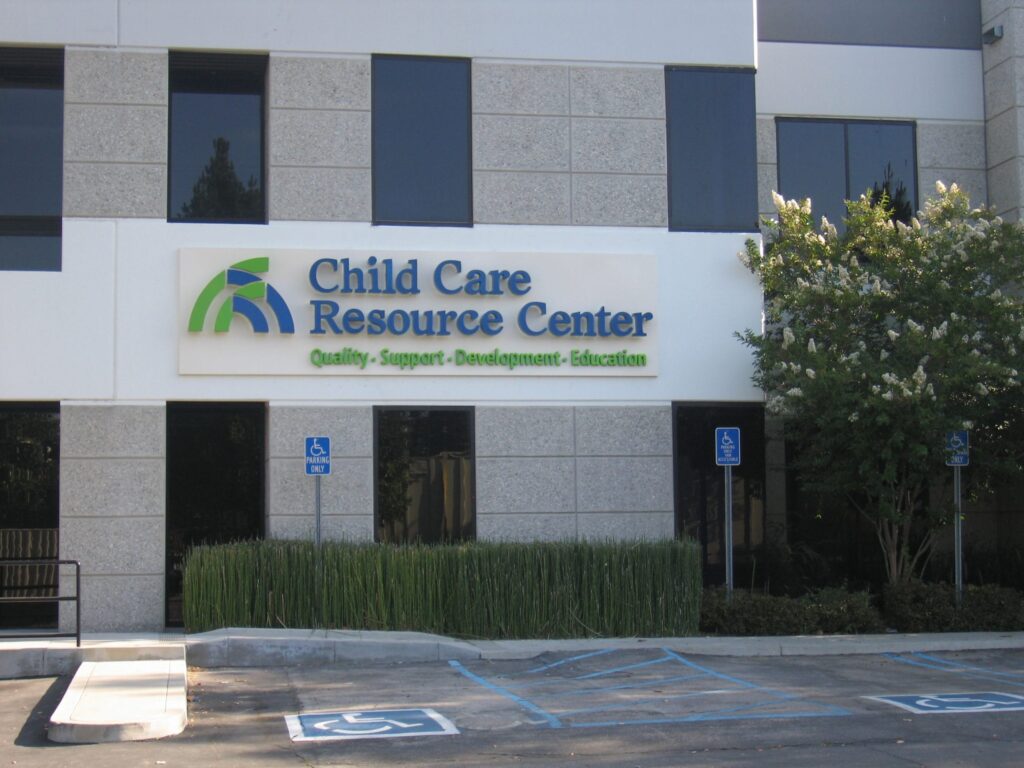
CCRC Research Division
20001 Prairie Street
Chatsworth, CA 91311
818-717-1000
[email protected]
www.ccrcca.org/research
Mon-Fri: 8am – 5pm
Sat-Sun: Closed


